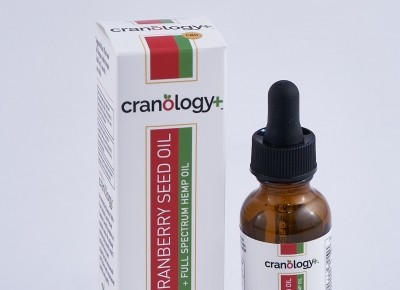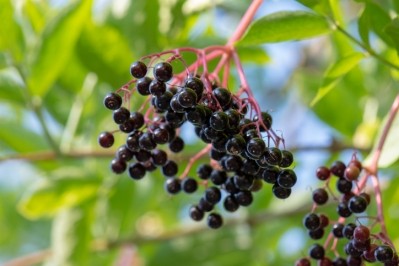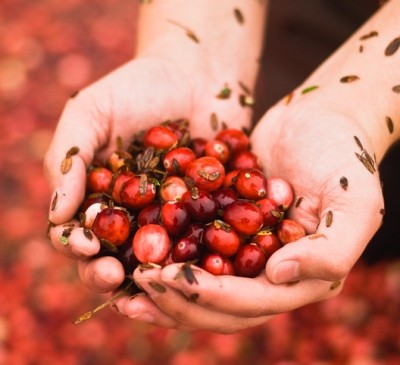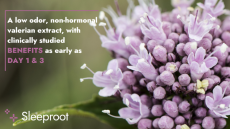Method for quantifying insoluble PACs in cranberry could open up new avenues of research, expert says
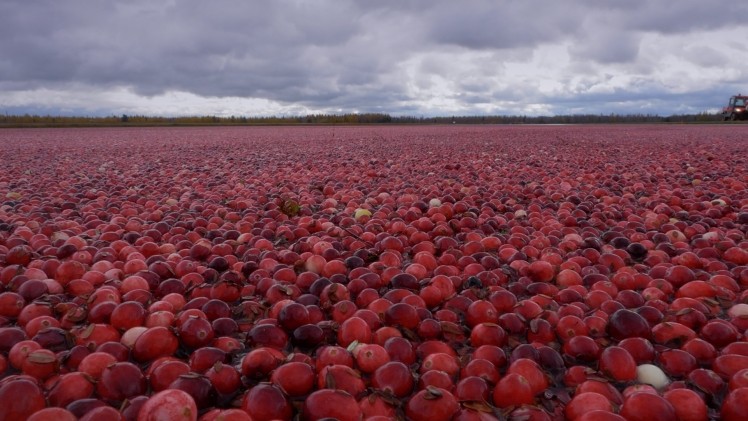
The study, published in the Journal of Agricultural and Food Chemistry, is the work of Christian Krueger, research program manager at the University of Wisconsin Madison. Krueger is also the CEO of Complete Phytochemical Solutions, an ingredient development consulting firm.
Opportunity for better standardization
The analytical approach, which was developed in conjunction with a research group associated with UW-Madison, uses a butanol-hydrochloric acid method (BuOH-HCl) and a standardized (c-PAC) reference standard. The researchers said that the new method, when combined with existing methods for the soluble PACs in the berry, will allow for more through verification and standardization of cranberry ingredients.
“For the first time, a c-PAC standard enabled conversion of BuOH-HCl absorbance values (550 nm) to a weight (milligram) basis, allowing for quantification of insoluble PACs in cranberries. The use of the c-PAC reference standard for sequential analysis of soluble PACs by the method of 4-(dimethylamino)cinnamaldehyde and insoluble PACs by the method of BuOH-HCl provides analytical tools for the standardization of cranberry-based ingredients,” they wrote.
Krueger said the method could also open up new research avenues. The insoluble PACs are bound to the fiber and protein molecules present in the pomace, or the leftover material from juice manufacture, and up to now have been little studied. Part of the reason for that is that there were no validated ways to characterize the material, he said.
“We have been doing this method for a number of years, but there was never a validated, published study to support that. Now we have to opportunity to get it out there in the public domain,” he said.
Mining the waste stream
Deriving new functional ingredients from ‘waste’ streams of food production is nothing new. It has been done for years in grape pomace, for example. And the leftovers of cereal processing, such as oat bran, have the source of new products.
And probably the star waste stream ingredient of them all is whey protein, which is a derivative of cheese manufacture. Not long ago whey was something that needed to be disposed of, a material whose abundance far outstripped its potential applications. It was used in feeds as a low cost additive and, when that failed, was simply poured out on fields.
It has been done with cranberries, too. Cranberry seed oil and proteins from the seeds have been on the market for years. But with the ability to quantify insoluble PACs, Krueger said product developers in the future may be able to capture even more value from this leftover material.
“What you have is an underrepresented and under researched class of compounds,” he said.
In particular, Krueger said a promising avenue of research for these insoluble PACs could be in gut health. There are some indications that these PACs could have the ability to bind with and thus interrupt the ability of pathogenic bacteria to proliferate in the gut, helping the ‘good’ organisms to outcompete them and so contribute to overall gut health.
Source: Journal of Agricultural and Food Chemistry
Development of a Cranberry Standard for Quantification of Insoluble Cranberry (Vaccinium macrocarpon Ait.) Proanthocyanidins.
2019 Jul 22. doi: 10.1021/acs.jafc.9b03696. [Epub ahead of print]
Authors: Gullickson ER, Krueger CG, Birmingham A, Maranan M, Reed JD
